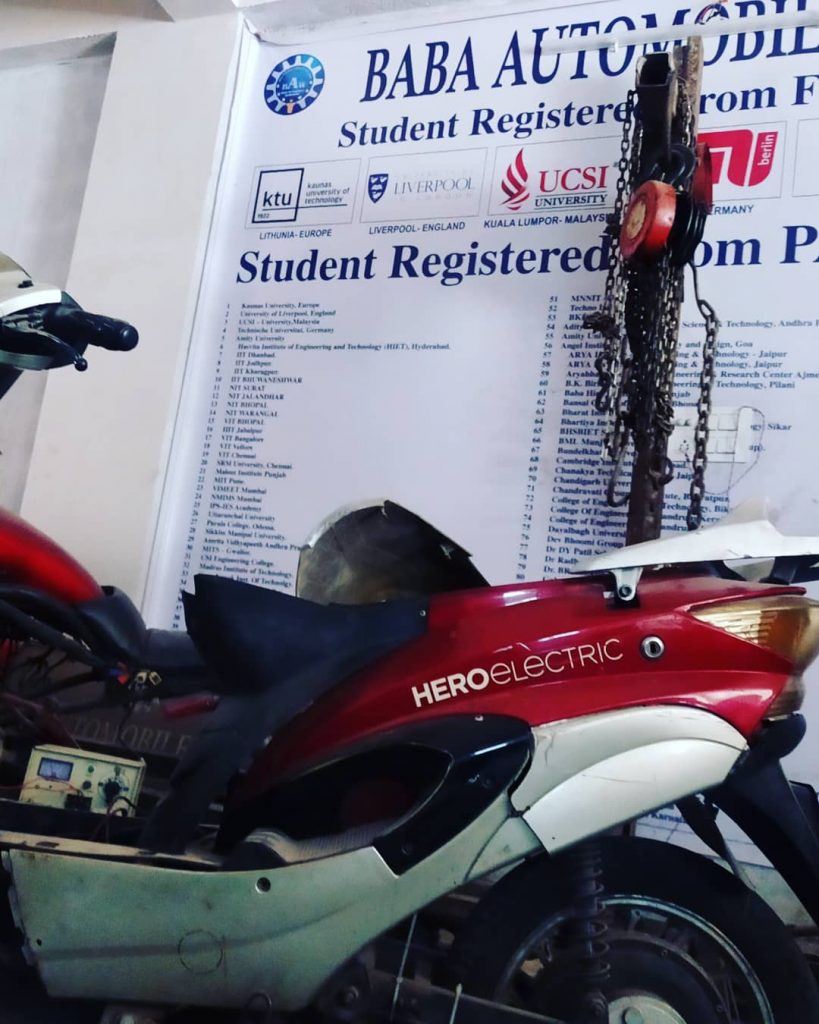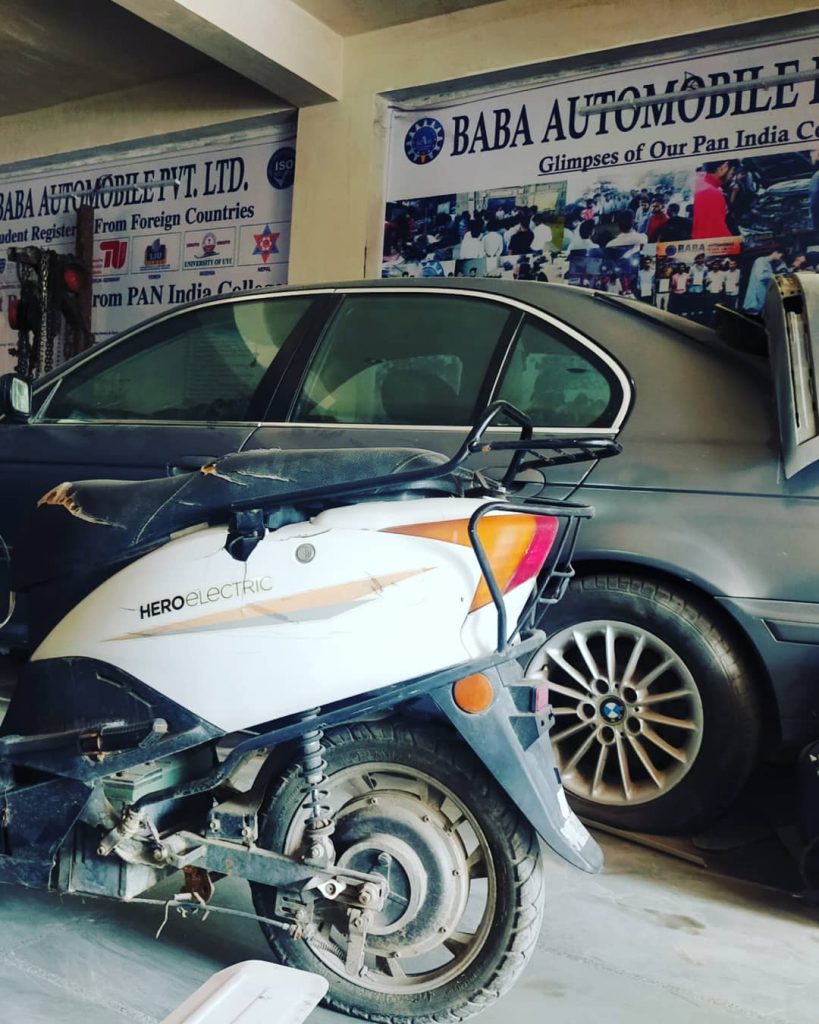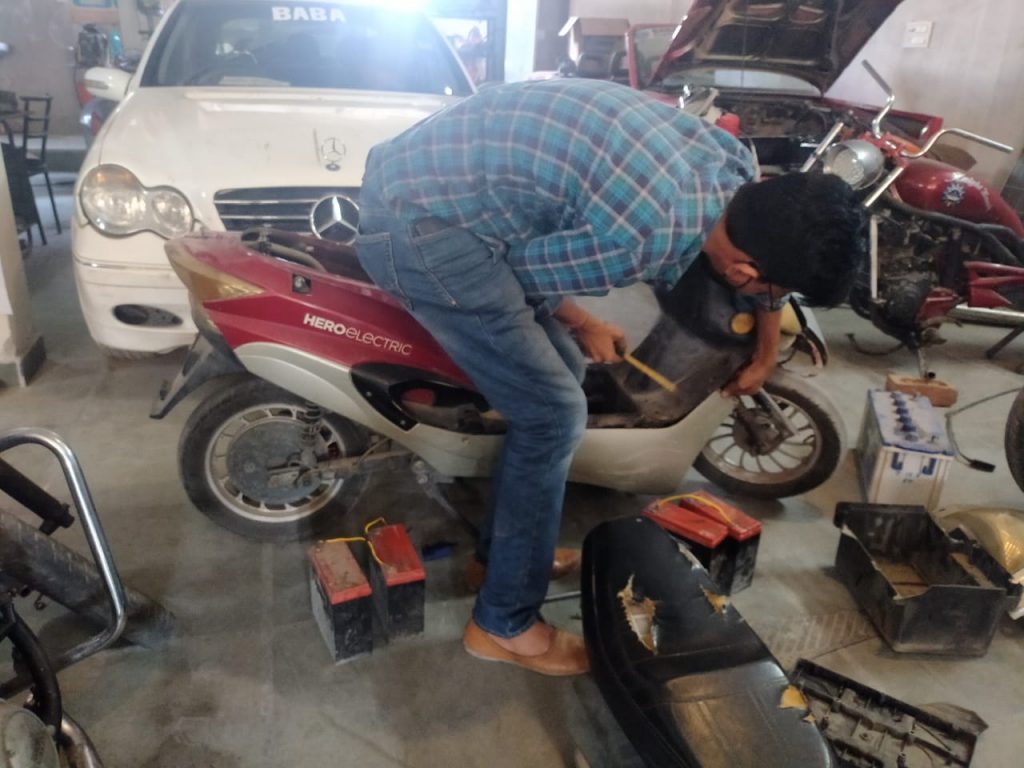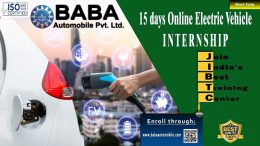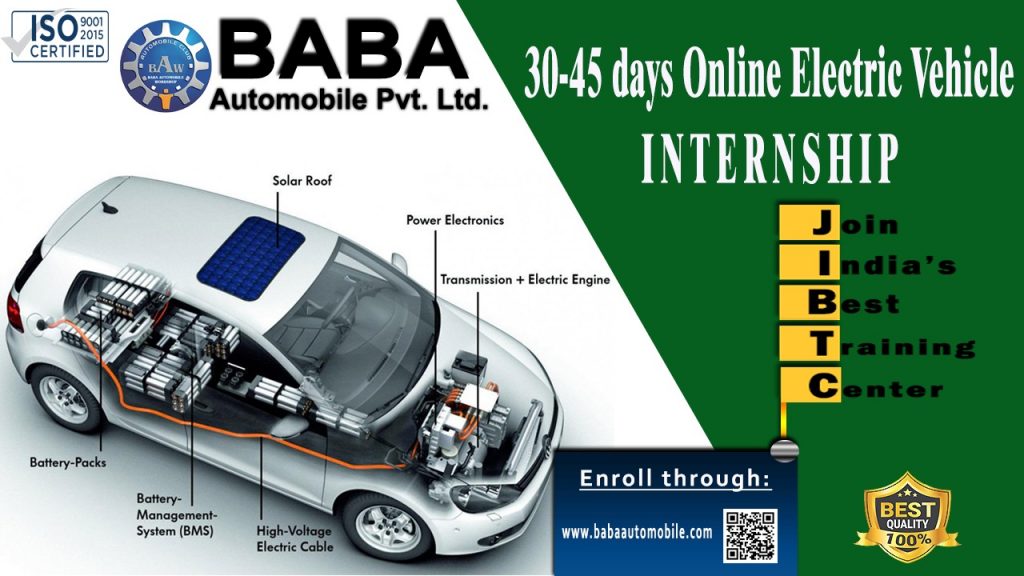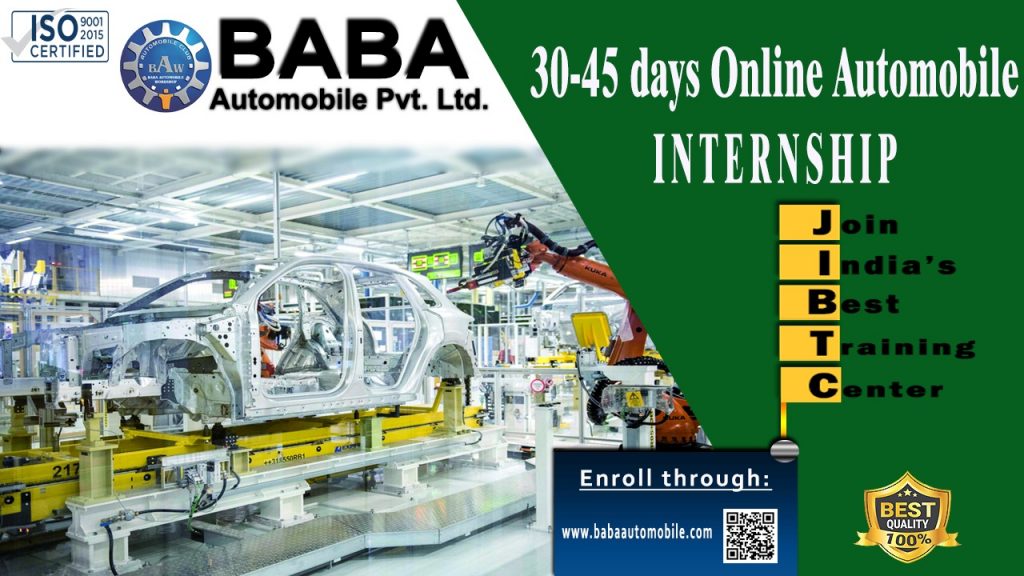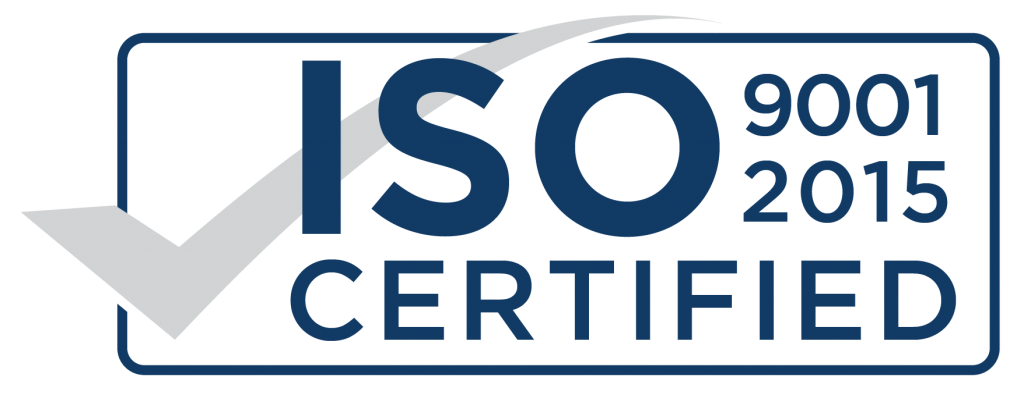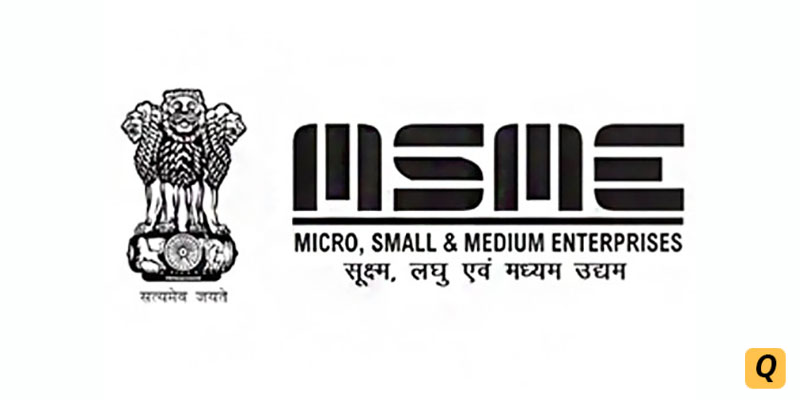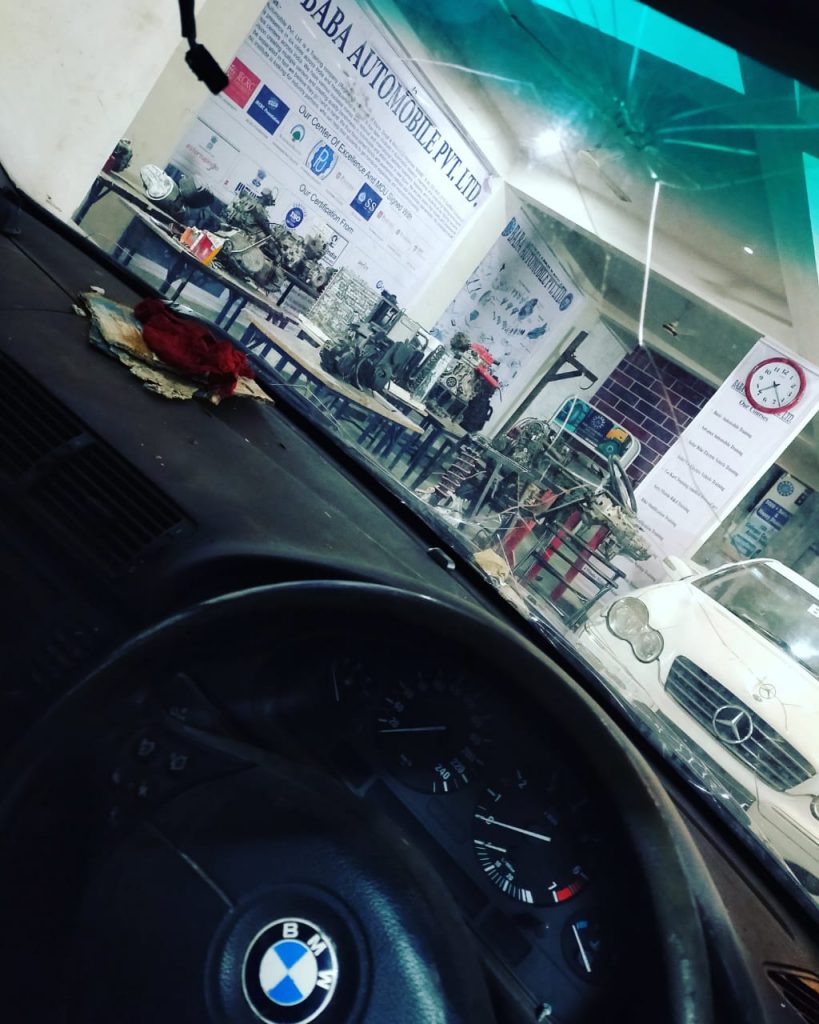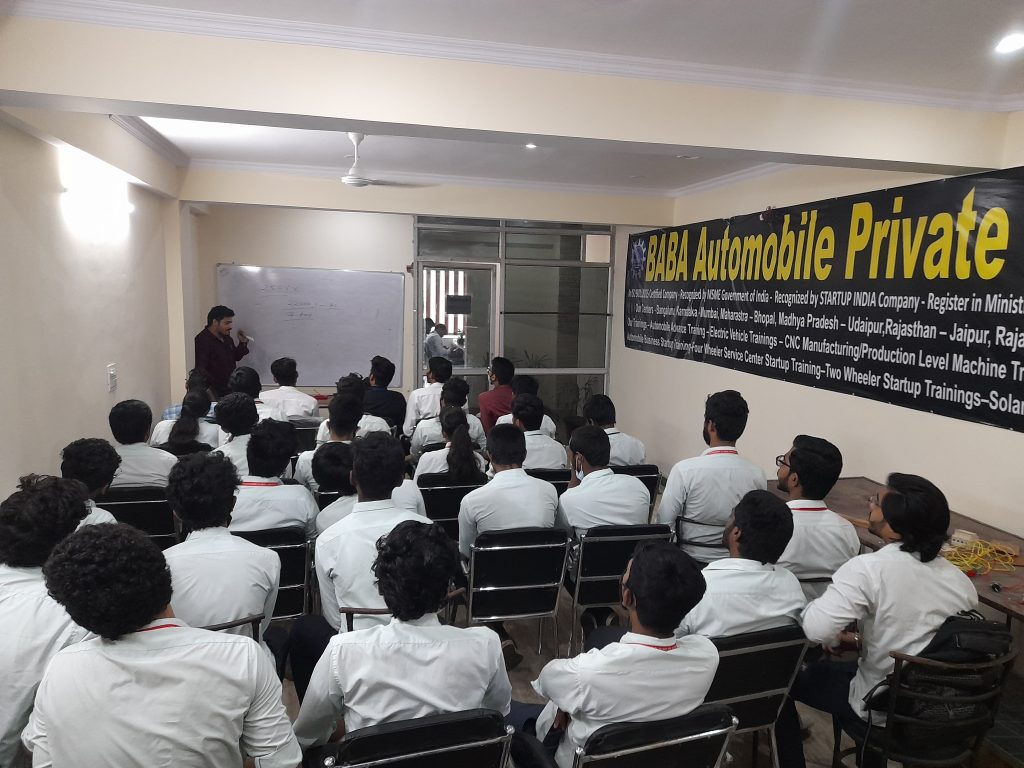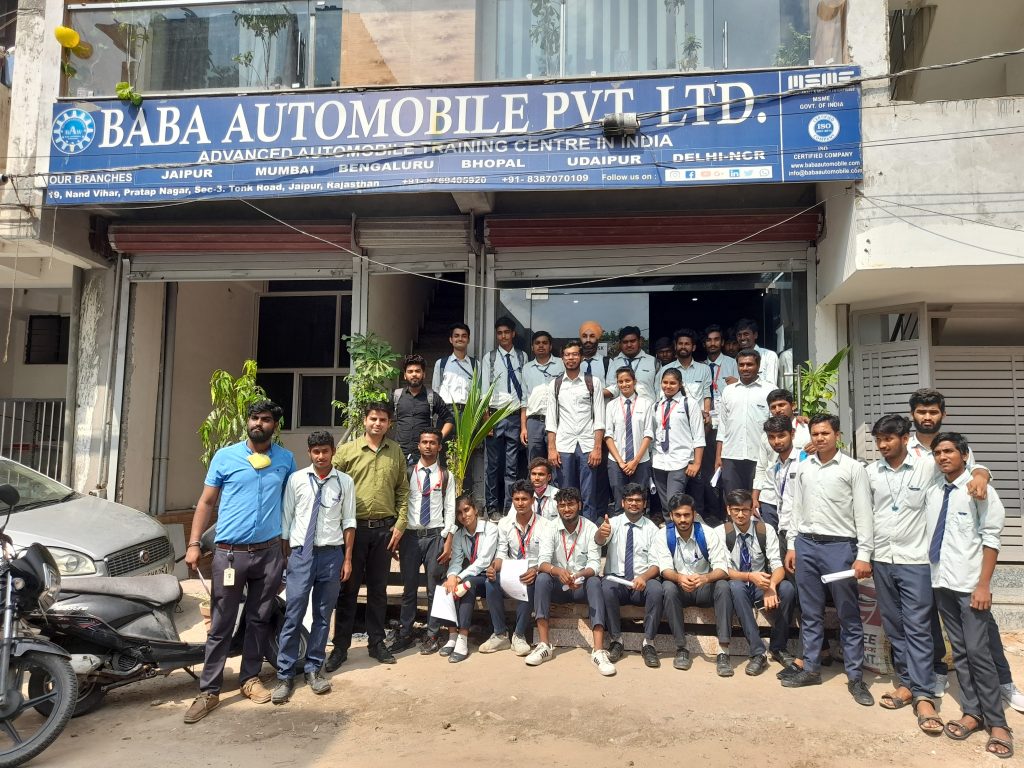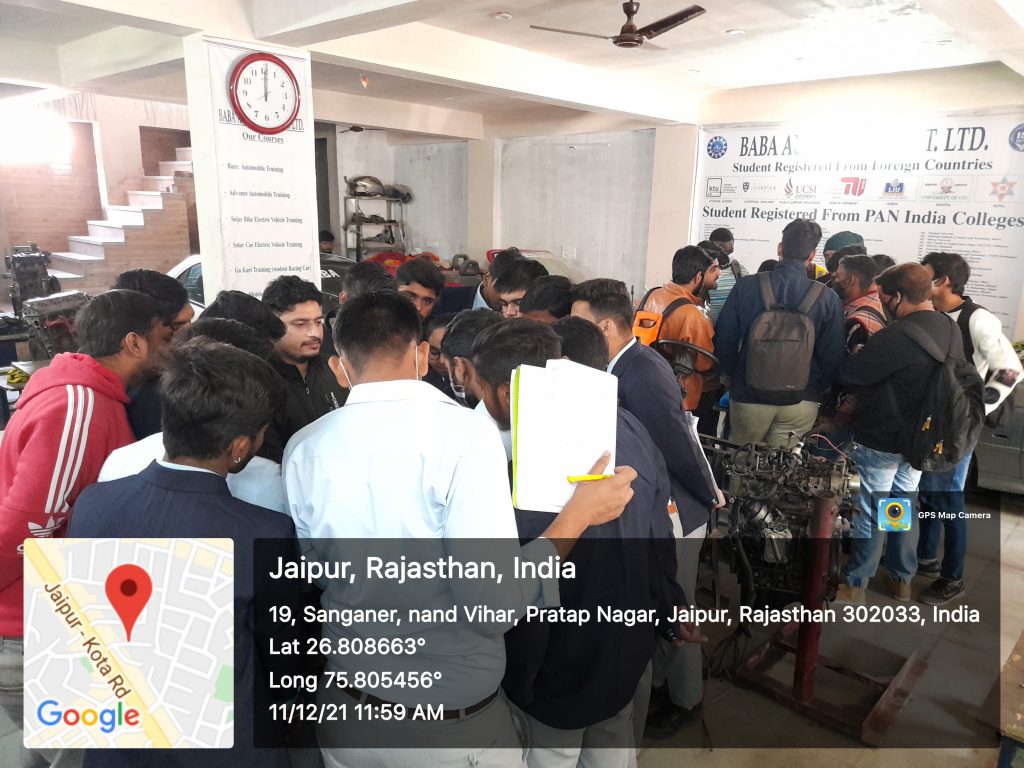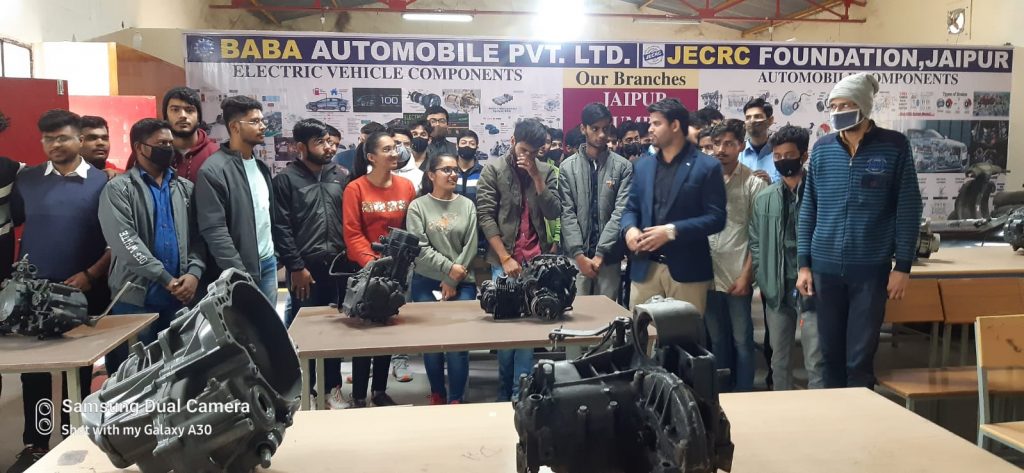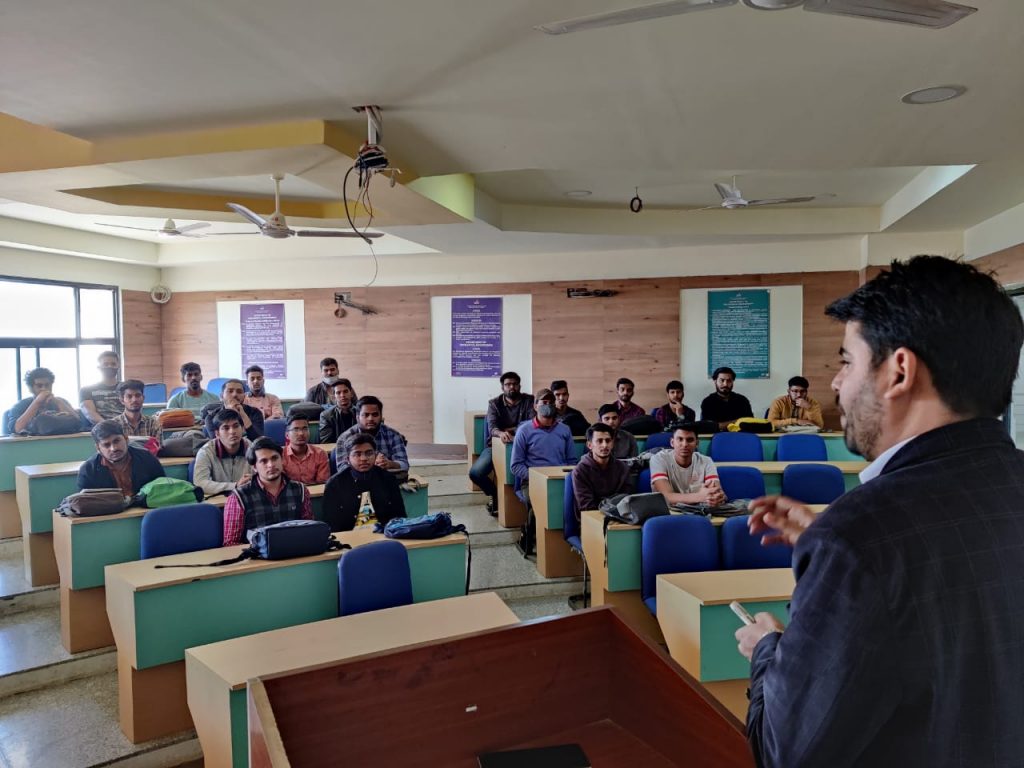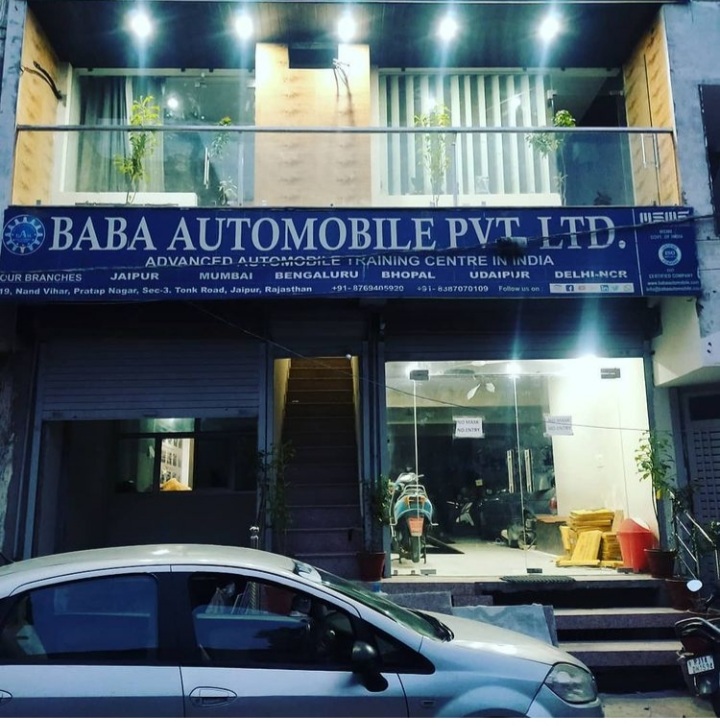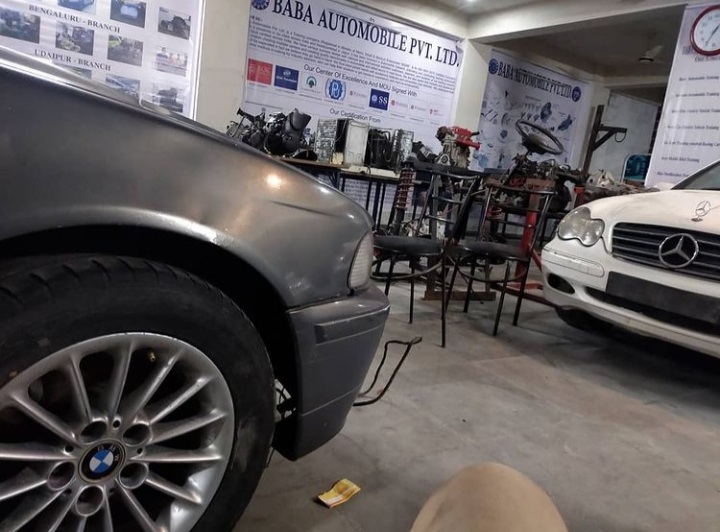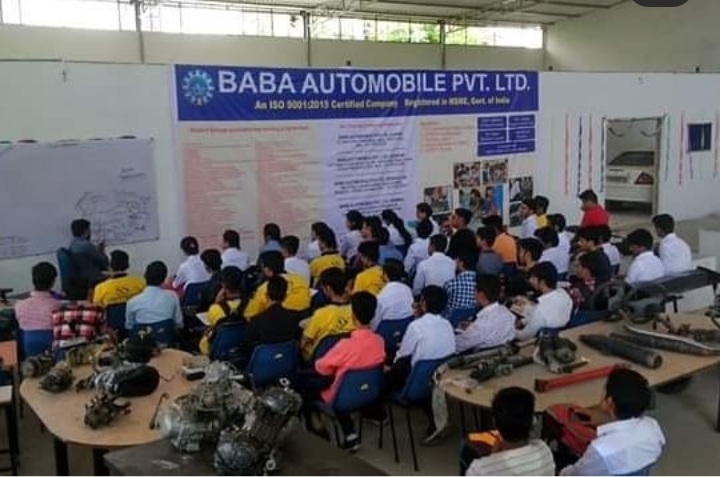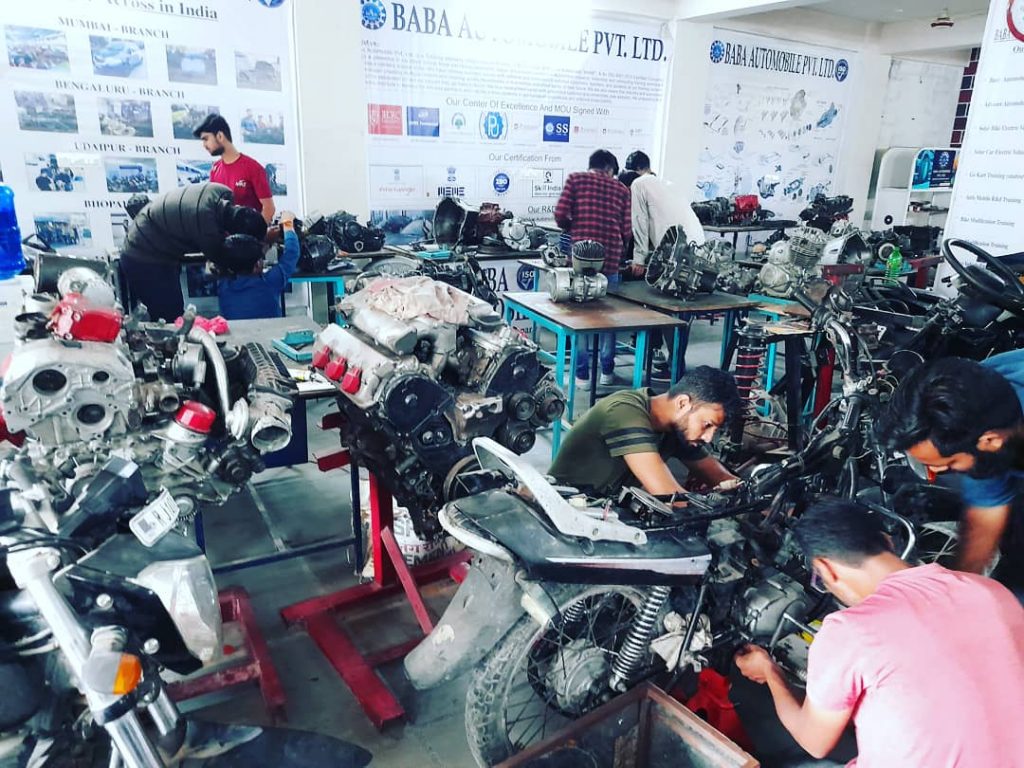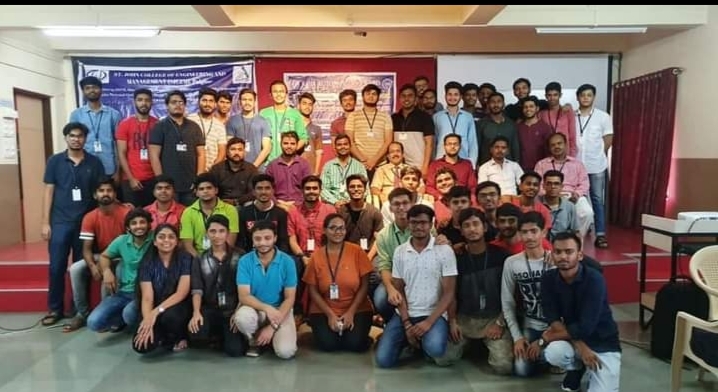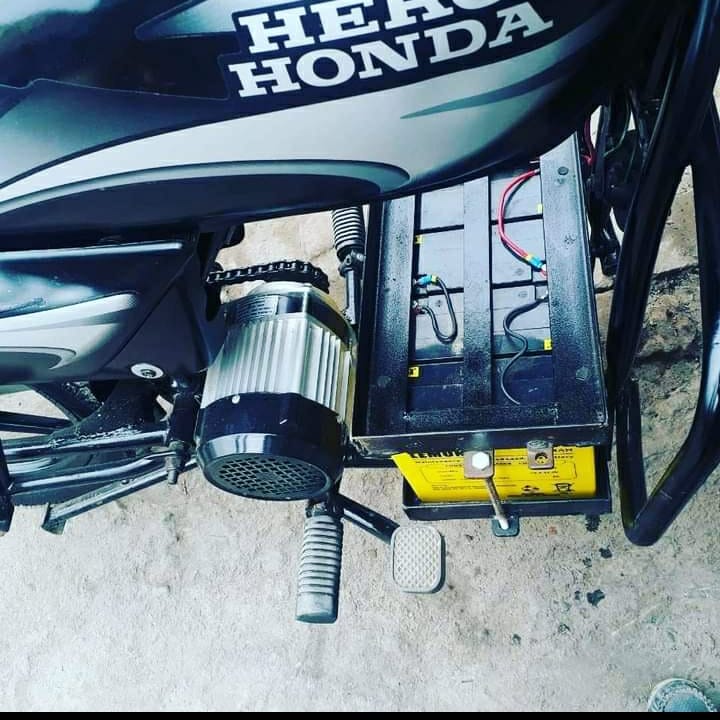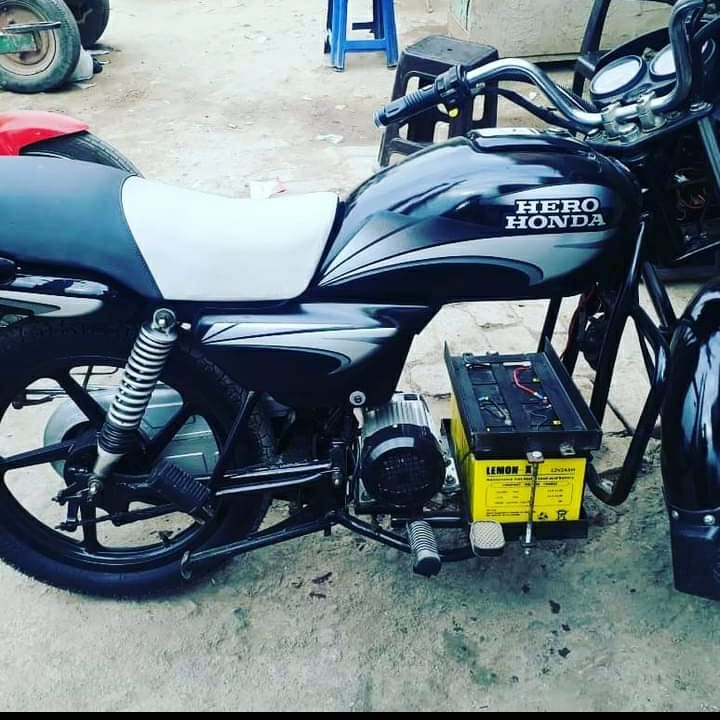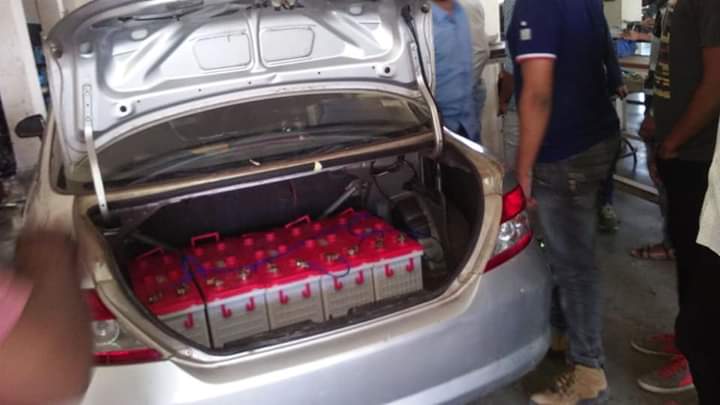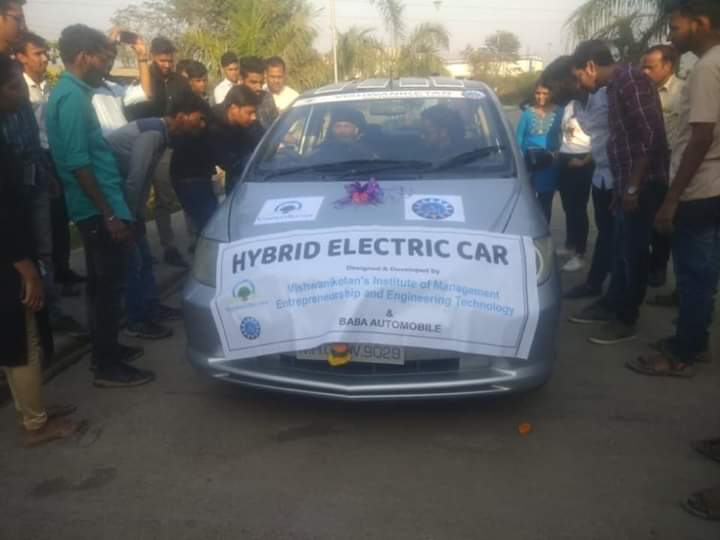Electric Vehicles – India’s Future
India is the fifth largest car market in the world and has the potential to become one of the top three in the near future — with about 40 crore customers in need of mobility solutions by the year 2030.
To ensure a positive growth rate towards achieving India’s Net Zero Emissions by 2070, a transportation revolution is required in India which will lead to better “walkability”, public transportation; railways, roads and better cars. Many of these “better cars” are likely to be electric.
- About two in every hundred cars sold today are powered by electricity with EV sales for the year 2020 reaching 2.1 million.
- India’s Support to EVs: India is among a handful of countries that support the global,EV30 @ 30 Campaign which aims for at least 30% new vehicle sales to be electric by 2030.
- Various ideas were espoused by India at the Glasgow summit, such as, renewable energy catering to 50% of India’s energy needs, reducing carbon emission by 1 billion tonnes by 2030 and achieving net zero by 2070.
- Lack of Technology India is technologically deficient in the production of electronics that form the backbone of the EV industry, such as batteries, semiconductors, controllers, etc.
- Lack of Skilled Labour:EVs have higher servicing costs which require higher levels of skills. India lacks dedicated training courses for such skill development.
OUR TRAINING CERTIFICATE –ACCREDITATION & RECOGNITIONS
Our 7- Training Centers Across India
Electric Vehicle Training / Internship 30 days (Fee 6999/-) For Engineering Students Only
- WHAT IS ELECTRIC VEHICLE
- TYPES OF ELECTRIC VEHICLE – 4 WHEELER
- Hybrid Electric Vehicle(HEVs)
- Plug-in Hybrid Electric Vehicles (PHEVs)
- Battery Electric Vehicle (BEVs)
- Difference between Power trains of EVs and ICE vehicles
- EV SUBCOMPONENT -4 wheeler Lithium — ION Battery
- Charge port
- DC/DC converter:
- Typical power rating of charger
- Electric Hub traction motor -4 wheeler
- Motor power and torque calculation
- Thermal Management System – 4 wheeler
- Power electronics controller-4 wheeler
- Thermal system (cooling) -4 wheeler
- 4 wheeler EV Range.
- Weight distribution in EV-4 wheeler
- How Overall EV Practically work (Learn practically from Electric Vehicle)
- Live Practical Session on HERO ELECTRIC Vehicle
- How BLDC Hub Motor Work in Hero Electric Vehicle
- How Lithium Ion batteries Connect to Controller
- How Charging System work in Hero Electric Vehicle
- How Check Wiring System of Electric Vehicle
- Fully Dismantled Electric Vehicle in front of your Live Classes
- Fully Reassembled and Run the Vehicle in front of your Live Classes
Benefit of EV Internship…
- ISO International Internship Certificate.
- 2 Years Access to Content by our Baba Automobile Portal Live Chat Doubt Support.
- Be a part of India’s Biggest Training center having 7 Branches across India.
- 60 Pages Report files format after completion of Internship.
- Get Job References after completion of Internship.
Electric Vehicle TECHNICIAN Training (Any One Join Us… )
2 Wheeler + 3 Wheeler + Retrofitting + Petrol Vehicle Convert to Electric Vehicle – All 3 in 1 Course Fee 15,000 Only.
1. Two Wheeler Repairing Training
- How to Repair 2 wheeler BLDC Motor.
- How to Repair 2 wheeler Hub Motor.
- How to Test 2 wheeler Wiring and its electric Components.
- How to Repair 2 wheeler Controller.
- Battery Cell Testing Training.
- Battery Manufacturing by Li-Ion Cells Training.
- Lithium Ion Battery Testing and Battery Fitting / Replacement Training.
- Lead Acid Battery Testing and Battery Fitting / Replacement Training.
- How to Repairs Headlights, Backlights, Indicators, Other lights.
- How to repair Brakes, Suspension and how to Service EV.
- Learn Practical all types or Electric vehicle repairing, Maintenance work and fabrication of newer electric vehicle.
2. Three Wheeler (E- Rickshaw) Repairing Training
- How to Repair 3 wheeler BLDC Motor.
- How to Repair 3 wheeler Hub Motor.
- How to Test 3 wheeler Wiring and its electric Components.
- How to Repair 3 wheeler Controller.
- Battery Cell Testing Training.
- Battery Manufacturing by Li-Ion Cells Training.
- E Rickshaw Lithium Ion Battery Testing and Battery Fitting / Replacement Training.
- E Rickshaw Lead Acid Battery Testing and Battery Fitting / Replacement Training.
- How to Repairs Headlights, Backlights, Indicators, Other lights.
- How to repair Brakes, Suspension and how to Service EV.
- Learn Practical all types or Electric vehicle repairing, Maintenance work and fabrication of newer electric vehicle.

